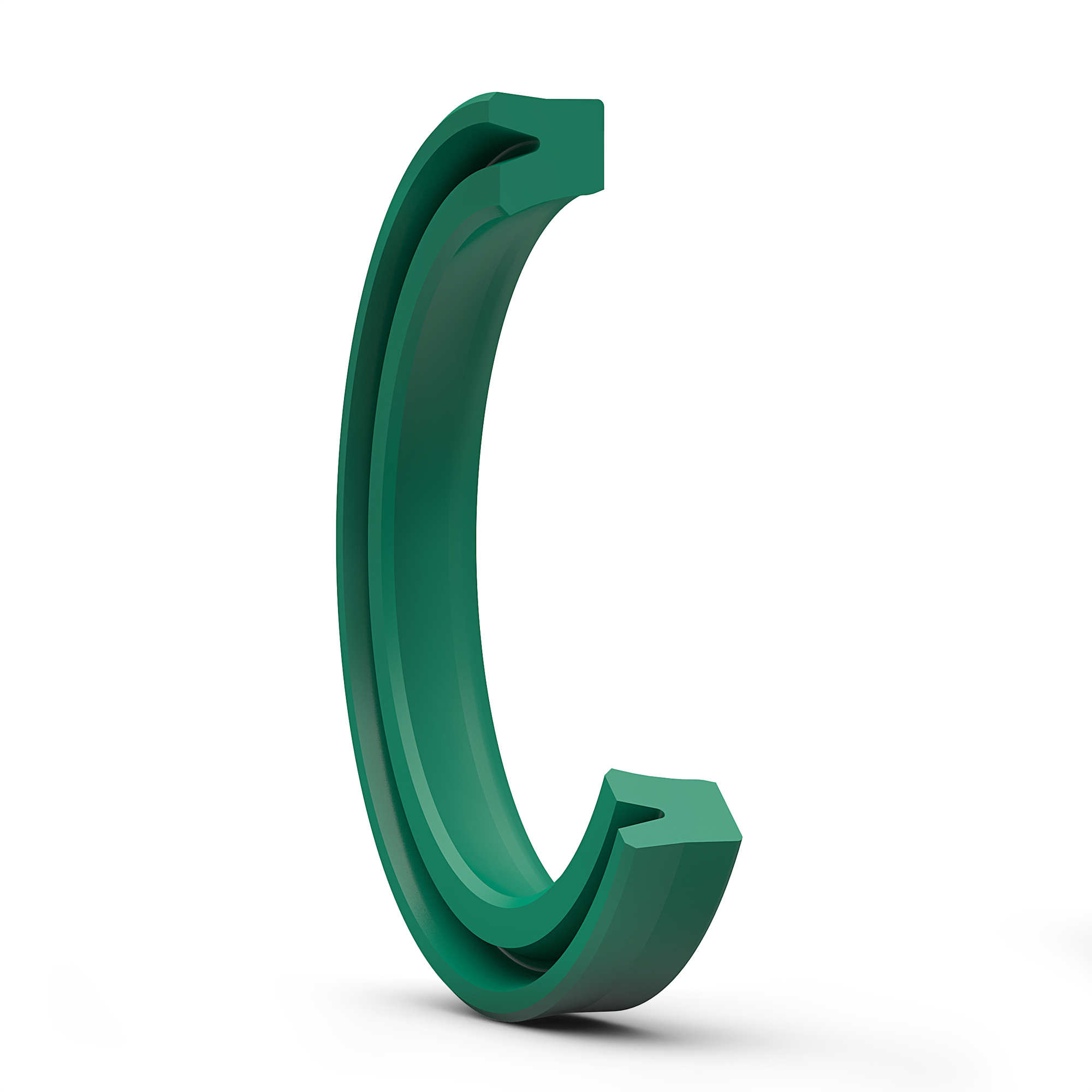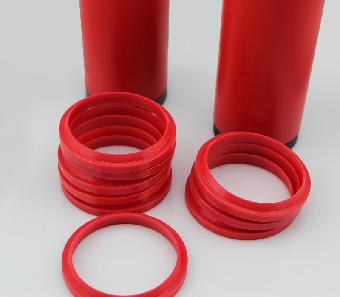Types and Characteristics of Sealing Devices for Hydraulic Seals Part II
2019-04-01
Key words: Hydraulic seals; Seals; Characteristics
3. The lip seal ring can be divided into Y-shaped, V-shaped, U-shaped and L-shaped according to the shape of cross section. Hydraulic pressure pushes H1 on both lip edges of the seal ring to the surface of the two parts forming the gap. The characteristic of this sealing function is that it can automatically adjust the sealing performance with the change of working pressure. The higher the pressure, the tighter the lip edge is pressed and the better the sealing performance. When the pressure decreases, the tightening degree of the lip edge also decreases, which reduces friction resistance and power consumption. In addition, it can automatically compensate the wear of the lip edge and keep the sealing performance unchanged. When the lip seal ring is installed, the opening of the lip edge should face the pressure oil, so that the lips are opened and attached to the surface of the parts separately.

4. With the increasing application of hydraulic technology, the requirement of sealing system becomes higher and higher. Ordinary sealing rings can not meet the requirements of sealing performance, especially in terms of service life and reliability. Therefore, a combined sealing device consisting of more than two components including sealing rings has been studied and developed.
The combined sealing device not only works reliably, friction is low and stable, but also its service life is nearly 100 times longer than that of ordinary rubber seals, because it makes full use of the advantages of rubber sealing rings and sliding rings (support rings), so it is widely used in engineering.

5. There are many types of sealing devices for the rotary shaft. The sealing ring is mainly used for sealing the extended shaft of hydraulic pumps, motors and rotary cylinders to prevent oil leakage to the outside of the shell.
6. Adhesive seals and belt seals are coated with sealant on the joint surface. The bonding force produced by the sealant will bond the two joint surfaces together. Sealing is to wrap the sealing tape around the thread that needs to be sealed, thus filling the sealing material between the thread pairs, forming leakage resistance.
Friendship Links:Winsin World Factory Network Shop
Copyright@ WINSIN MATERIALS,INC. 粤ICP备18139308号

 简体中文
简体中文 EN
EN 二维码
二维码
